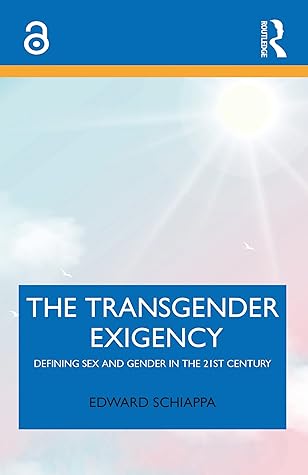Kindle Notes & Highlights
Read between
December 19, 2021 - January 9, 2022
Though cultural understandings of what it means to be a woman or a man have gone through times of reconsideration and debate, it is arguably the case that at no other point in recent history have the definitions of “woman” and “man,” “male” and “female,” “masculine” and “feminine,” been more up for grabs than the present. To resolve these definitional controversies, we need to consider carefully the political, practical, and ethical dimensions of the act of defining.
If asked how I think sex and gender should be defined, my answer is that it depends on the context in which the question is posed. My goal in this book is not to offer a single, definitive answer, but rather to advocate a definitional process that takes seriously the political, practical, and ethical dimensions of the act of defining.
What I am describing as the Transgender Exigency is the challenge to traditional definitions of women and men fueled by individuals whose gender identity is specifically at odds with their assigned sex.
Transgender oppression stems from a denial of the authenticity of self-identification and what she describes as “reality enforcement” when specific physical criteria (such as surgery) are used to “verify” one’s status (2007). As long as reality enforcement takes place (and arguably, all regulatory definitions discussed in this book are types of reality enforcement), transgender people are typically viewed as deceivers and make-believers, a status that fuels transphobia and its attendant violence
Once we set aside the need for a one-size-fits-all set of definitions, then we are able to look at issues such as who should have the power to define, whose interests are being served, and above all the purpose a given definition is serving in a specific context.


